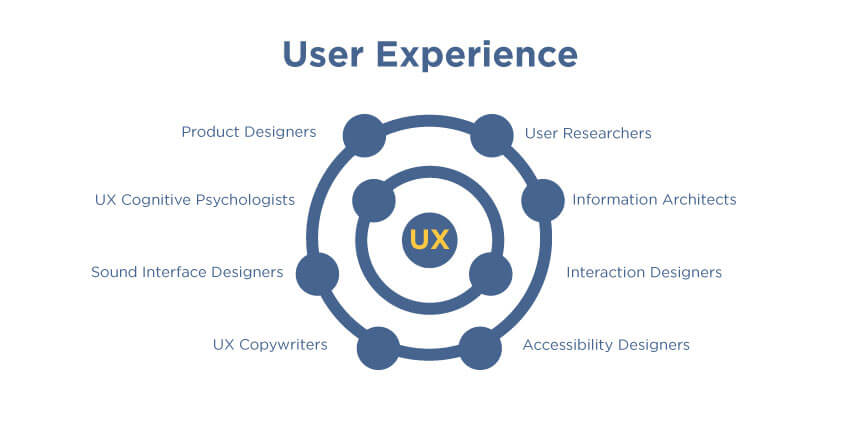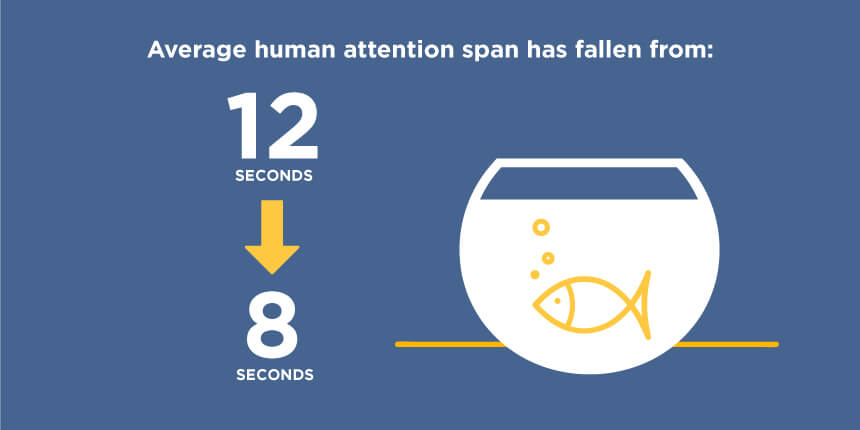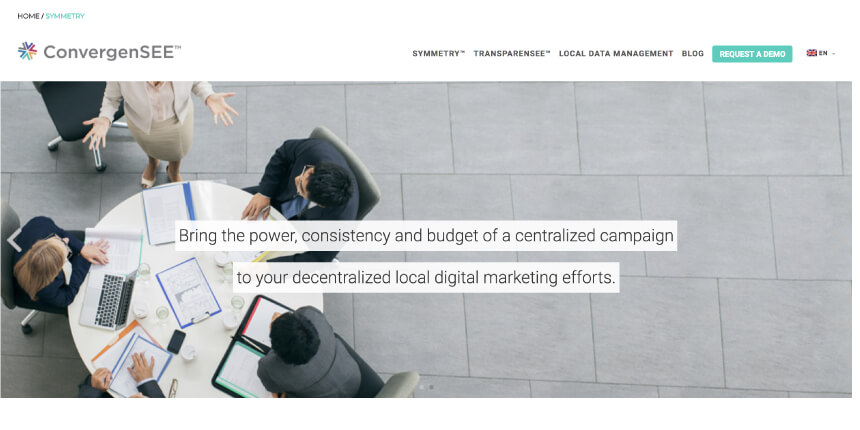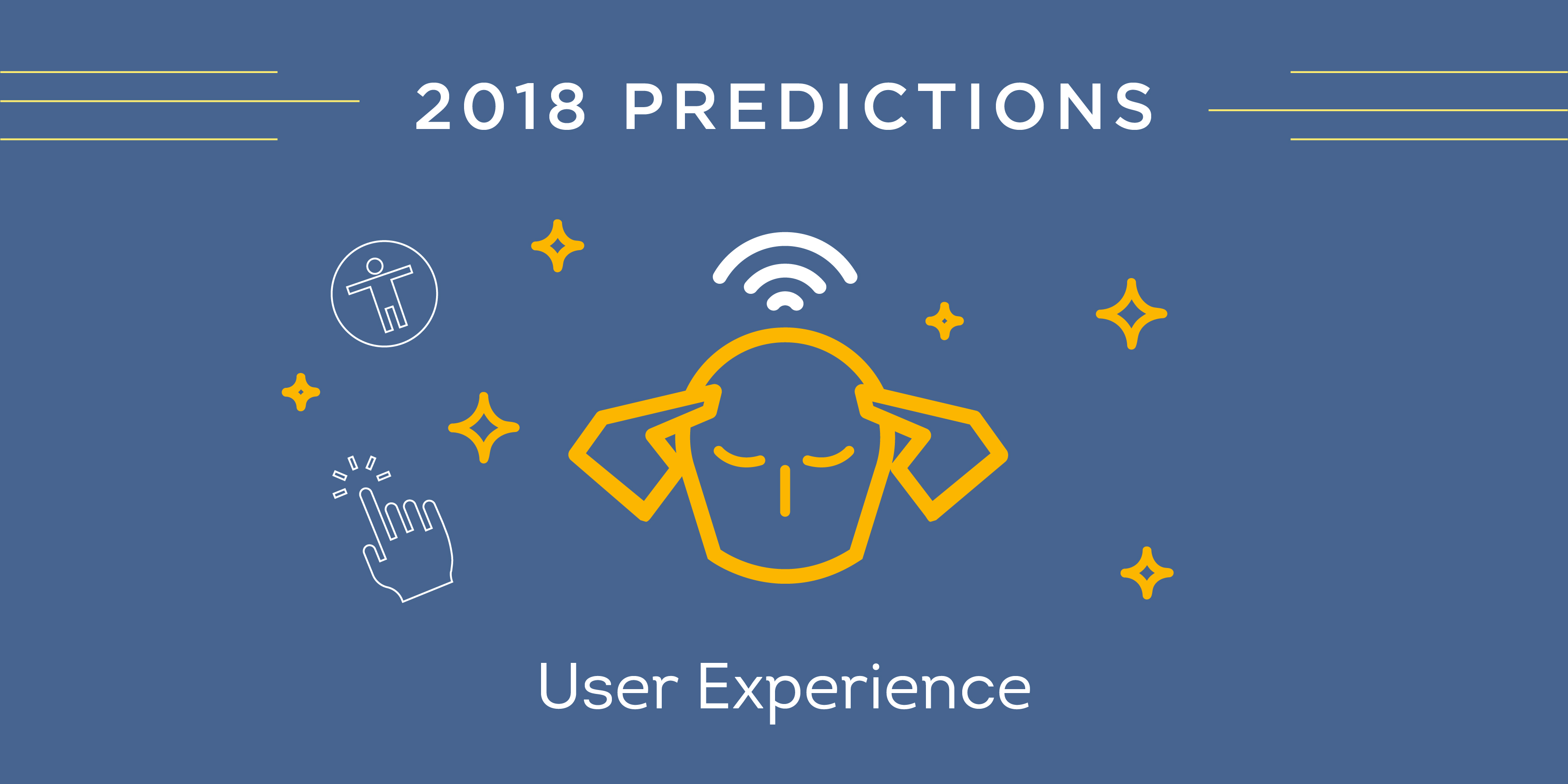2017 was a big year for the state of digital user-experience across industries and around the world. It gave rise to new chatbots and emphasized the use of scalable pattern libraries (a collection of design elements that can be reused across applications). Buzzwords including artificial intelligence (AI) and sound interface were everywhere and, most importantly, it reassured us that design is not just about beauty but about relevance and business results. It’s not surprising that top business schools are moving design thinking into the core curriculum.
So, what’s in store for UX in 2018?
1. UX will further break down into pieces
As we move into 2018, more and more businesses will recognize and accept that user-experience design is not a silver bullet; rather, it’s a bullet that is made up of several atoms and particles. What does that mean? It means that UX comprises of tasks and deliverables that are simply too huge to be done by one individual. Therefore, in 2018, it will further continue to break into smaller components that build the UX ecosystem.

The titles or roles of these UX torchbearers will further break into user researchers, information architects, interaction designers, accessibility designers, UX copywriters, sound interface designers, UX cognitive psychologists and product designers. On the other hand, the most in-demand UX leaders will be the ones who are highly trained or exposed to most of these disciplines and can help craft robust UX design processes and standards. The jack of all these trades will transform into the future UX Directors or Chief Experience Officers (CXO).
2. Voice and personality will take shape
Ok, Google, Hey Siri, Hi Alex, Oi Noman – the voice of the intelligent personal assistants will continue to play an important role, vocally, in our daily chores and commands. Voice user interfaces (VUIs) help simplify the user experience by eliminating the need to type. With sound, you don’t have to look at a screen while performing an action. This will give wings to sound designers with human behaviour and interaction design backgrounds to glide smoothly into the larger airspace of user-experience. In the past, we designed machines and applications —now we are designing machines and applications with emotion, giving them character and personality.
3. Designers will race to capture shrinking attention spans

According to scientists, the age of smartphones has left humans with a shorter attention span than a goldfish (yes, the fish). Research showed the average human attention span has fallen from twelve seconds in 2000, to eight seconds in 2015. What does this mean for brands? It means that the future of UX in local presence marketing (LPM) will need to be characterized for disruption and immediacy. Brands will need to communicate visually (or vocally) as quickly as possible where, when and how their customers can find the product or service they seek. They will also need to take into account how they can reduce the friction to a minimum during user interaction with the specific interface. For example, keeping their location pages free of clutter and distractions for the end users can help improve conversion rates. If local marketing businesses are not able to achieve these KPIs, potential leads are likely to depart the business swiftly, with a click of their fingers (or thumbs, if you fancy).
4. Automated tailored experiences will be on rise

In 2018, more business and design leaders will gradually begin to realize that it is vital to debunk the hype of the term AI. Like the term “UX”, it is just too large to fit in a single room. It is not only about making intelligent robots or chatbots instead, it is more about creating smart algorithms that help create automation and forecasting. If we narrow it down to the field of digital marketing, these smart applications (dubbed AI-powered apps) will help businesses narrow down their audience types and their campaign budgets to help provide tailored experiences. DAC’s Symmetry™ is one example of this. Using real-time machine learning, it determines which participants to show, how to show them and how to distribute the cost across the network; pooled budgets allow you to compete against big brands for predicting superior results.
To conclude, the future of user-experience is going to be even more exciting in 2018. It will continue to transform the way we interact with products and services, both online and offline. It will become increasingly important to design for immediacy and personalization for the end-users. According to my favourite cognitive scientist, Dr. Susan Weinschenk, aka The Brain Lady, people can only remember about three to four items at a time. In the essence of this research, let’s take away these four data-based predictions and get ready for a multi-channel user-experience ecosystem in 2018.
Noman Siddiqui is the User-Experience Architect at DAC. To learn more about how we can help enhance UX of your business, get in touch with DAC!




